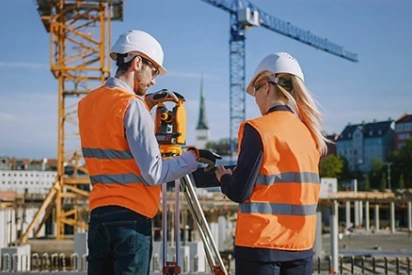Community-Based Design Approaches: Building Resilience Through Local Engagement

Resilience Begins with People, Not Just Materials
We know from experience that true resilience in rebuilding after disaster doesn’t start with bricks or beams—it starts with people.
As builders serving homeowners across Altadena and Pacific Palisades, we understand the vital role that community participation plays in creating not just durable homes, but entire neighborhoods that are prepared to face future challenges together.
The Power of Community-Based Design
Our approach is rooted in community-based design—an inclusive process where homeowners, neighbors, and local stakeholders contribute to the vision and layout of the places they call home.
This methodology doesn’t just improve the functionality of a structure.
It also ensures that the finished project reflects the community’s needs, values, and long-term safety priorities.
Listening Before Designing
After wildfires, floods, or earthquakes strike, the rebuilding process can feel overwhelming.
That’s why we believe it’s essential to engage with the people who will live in these spaces before making a single design decision.
Our clients are not just property owners—they’re participants in shaping their environment.
We invite conversations about safety concerns, historical vulnerabilities, and design preferences.
This ensures our work reflects lived realities, not just blueprints.
Rebuilding With and Within Communities
From fire damage restoration near me searches to actual on-the-ground rebuilding, we stay present and active in our communities.
We’ve supported families through everything from emergency housing to long-term reconstruction.
We make sure their voices are embedded in every stage of the process.
Whether someone is looking for fire damage restoration service or full-scale home rebuilding, we know that listening first makes all the difference.
Blending Traditional Knowledge with Modern Engineering
One of the most powerful aspects of community-based design is its ability to integrate both traditional knowledge and modern engineering.
Many of the residents we work with in Pacific Palisades, for instance, have lived through previous wildfire seasons.
They know where embers tend to collect, how winds affect fire paths, and which materials hold up under pressure.
This lived experience is invaluable to us as contractors.
Incorporating it into our planning results in structures that are more responsive, safer, and more enduring.
Collaboration with Local Stakeholders
In the rebuilding process, we also partner with local nonprofits, neighborhood groups, and municipal planning offices.
This ensures our projects align with broader resilience strategies.
Our goal isn’t just to rebuild what was lost—it’s to build smarter, together.
For example, in areas where wildfire risk is high, we work with fire restoration contractors near me and local authorities.
We implement fire-resistant materials, landscaping buffers, and emergency access routes.
These partnerships turn isolated homes into part of a larger network of protection.
Tailored Recovery for Every Client
When it comes to fire recovery, we don’t take a one-size-fits-all approach.
Our clients often reach out looking for Pacific Palisades fire restoration or general fire repair contractors.
But what they receive is much more than repair.
We rebuild with community wellness and long-term disaster resilience in mind.
This includes elevating homes above flood zones and retrofitting them for seismic safety and wildland-urban interface compliance.
Building Social Resilience
This approach also builds social resilience.
When neighbors have input into the design of shared infrastructure—like water drainage, road accessibility, and emergency exits—they’re more likely to maintain it.
They also advocate for it and help one another during future crises.
It’s no coincidence that the strongest communities are often the ones with the strongest social ties.
We see our work as part of knitting those ties even tighter.
Merging Technical Expertise with Local Wisdom
New Haven Developers takes pride in blending technical expertise with community insight.
Every time we meet with homeowners to discuss their rebuilding needs, we’re also gathering invaluable data.
This includes local risk factors, design preferences, and potential for innovation.
Over time, this grassroots knowledge strengthens our entire portfolio of disaster-resilient projects.
Reimagining What Rebuilding Can Mean
We don’t just rebuild—we reimagine, with the people who matter most leading the way.Contact Us Now.
